In this article, you will learn the Root Cause Analysis for Compressor did not trip on the suction pressure low low.
Here we will discuss about one incident related to the Interlock bypass procedure. Due to the incorrect interlock bypass procedure followed, the Compressor could have been damaged. But due to the Panel Engineer’s timely action, the Compressor was stopped which avoided damage to the Compressor.
Compressor Did Not Trip
A Centrifugal Compressor with a single stage was installed in one of the plants in a refinery. This centrifugal Compressor was a kind of booster Compressor.
The inlet to the Compressor was 5 kg/cm2 and the outlet of the Compressor was 9 kg/cm2. While the Compressor was running, the Panel Engineer observed that the Compressor’s Suction Pressure Low alarm was generated for all 3-pressure transmitters.
Within a few seconds, Compressor’s Suction Pressure Low Low alarm was also generated for all 3 Suction Pressure Transmitters. Immediately the Panel Engineer pressed the emergency shutdown button and stopped the Compressor.
Some background information about the Compressor: The Compressor is a single-stage centrifugal Compressor for boosting the inlet gas from 5 kg/cm2 to 9 kg/cm2.
Important Interlocks are given on Low Low Suction Pressure, High High Inlet Temperature, Low Low Suction Flow, High High Outlet Temperature, and High High Discharge Pressure. Tripping is given for all these parameters at low-low and high-high values.

Root Cause Analysis of Compressor Trip
So why the Compressor did not trip on Suction Pressure Low Low?
Let us have a Root Cause Analysis for the Compressor which did not trip on Suction Pressure Low Low
Probable Cause 1: Pressure transmitter malfunction
All 3 pressure transmitters had a low-low alarm. All 3-pressure transmitters cannot malfunction at the same point of time.
Probable Cause 2: Analog Input card malfunction
All 3-pressure transmitters were connected to 3 different analog input cards. Hence this cause also is not possible.
Probable Cause 3: No Interlock configured for Suction Pressure Low Low.
The Compressor has tripped many times on Suction Pressure Low Low due to upstream disturbances.
Also, Cause and Effect shows Compressor tripping on Suction Pressure Low Low.
Probable Cause 4: Interlocks of Suction Pressure Low Low bypassed
On checking, found that the Interlocks of the Suction Pressure Low Low were in bypass condition.
So, what went wrong?
Let us have a detailed analysis of this incident in which the Compressor did not trip on Suction Pressure Low Low.
1 day before the incident, a preventive maintenance job on the pressure transmitter was done. During the job, all the 3 pressure transmitters were bypassed by the Instrumentation engineer. The job was done on all 3 pressure transmitters one by one.
After job completion, the Interlocks were restored by the common shift engineer as the job got completed during the end of the General shift, and Operation Department asked the Instrumentation department to keep the Interlocks bypassed for a few more minutes to observe the pressure transmitter after the job.
All the 3 Interlocks were restored by the Instrumentation Shift Engineer later.
On further checking, it was found that the Instrumentation Shift Engineer only restored alarms (low-low, low, high, and high-high) which were taken from the value.
Generally, in all PLC, there is one bit for tripping the Compressor, and the alarm is also generated using that bit only. But in this case, one other bit was used for tripping the Compressor. This was a special case for this Compressor. The Instrumentation Shift Engineer was unaware of this.
Hence, he did not restore the bit which was used to trip the compressor on Suction Pressure Low Low. Due to this bit present in bypass conditions, only alarms were generated but the Compressor did not trip.
So, it is always best practice to write all the locations of bypass in the Interlock Bypass Request as well as in the Interlock bypass register.
Also, if the Interlock is very critical, then a screenshot before the bypass and a screenshot after the bypass should be saved on the Server.
If you liked this article, then please subscribe to our YouTube Channel for Electrical, Electronics, Instrumentation, PLC, and SCADA video tutorials.
You can also follow us on Facebook and Twitter to receive daily updates.
Read Next:
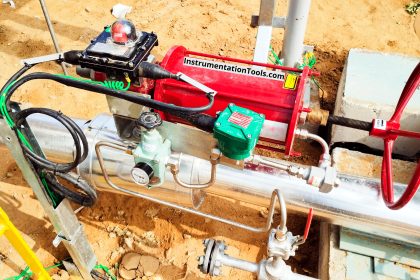
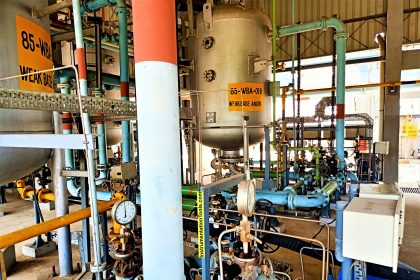
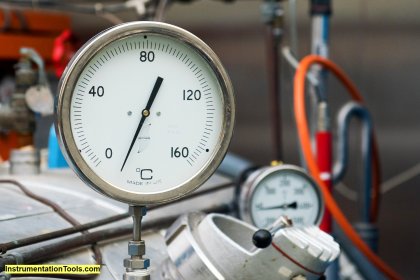
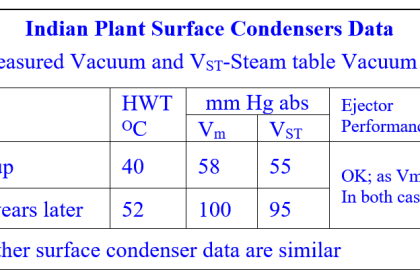
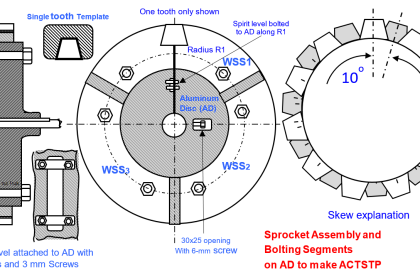
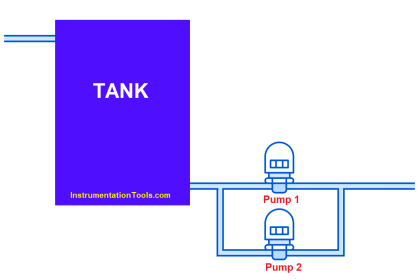

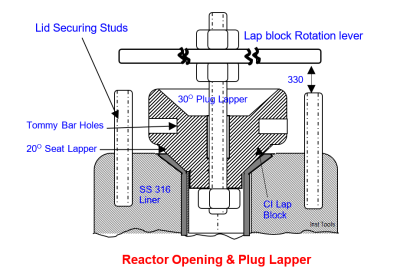
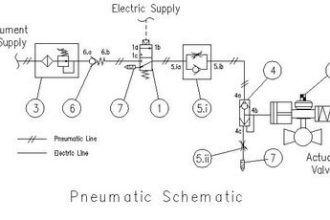
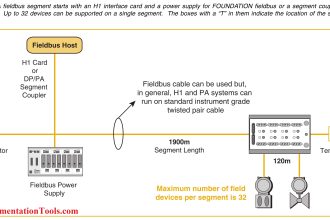
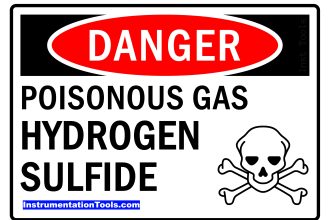

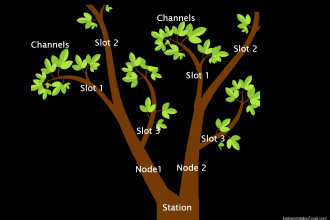
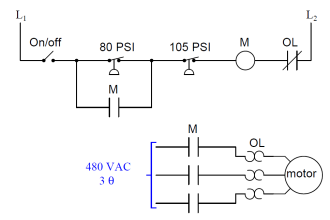
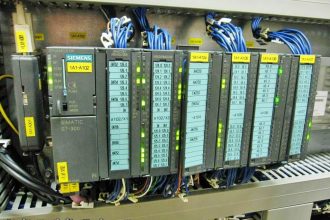

Excellent learning, communication and shared knowledge by all within a department is key, also verifications and double checking anything and everything should be completed in the manner it was supposed to be. Never take it for granted that job well done, without verification.